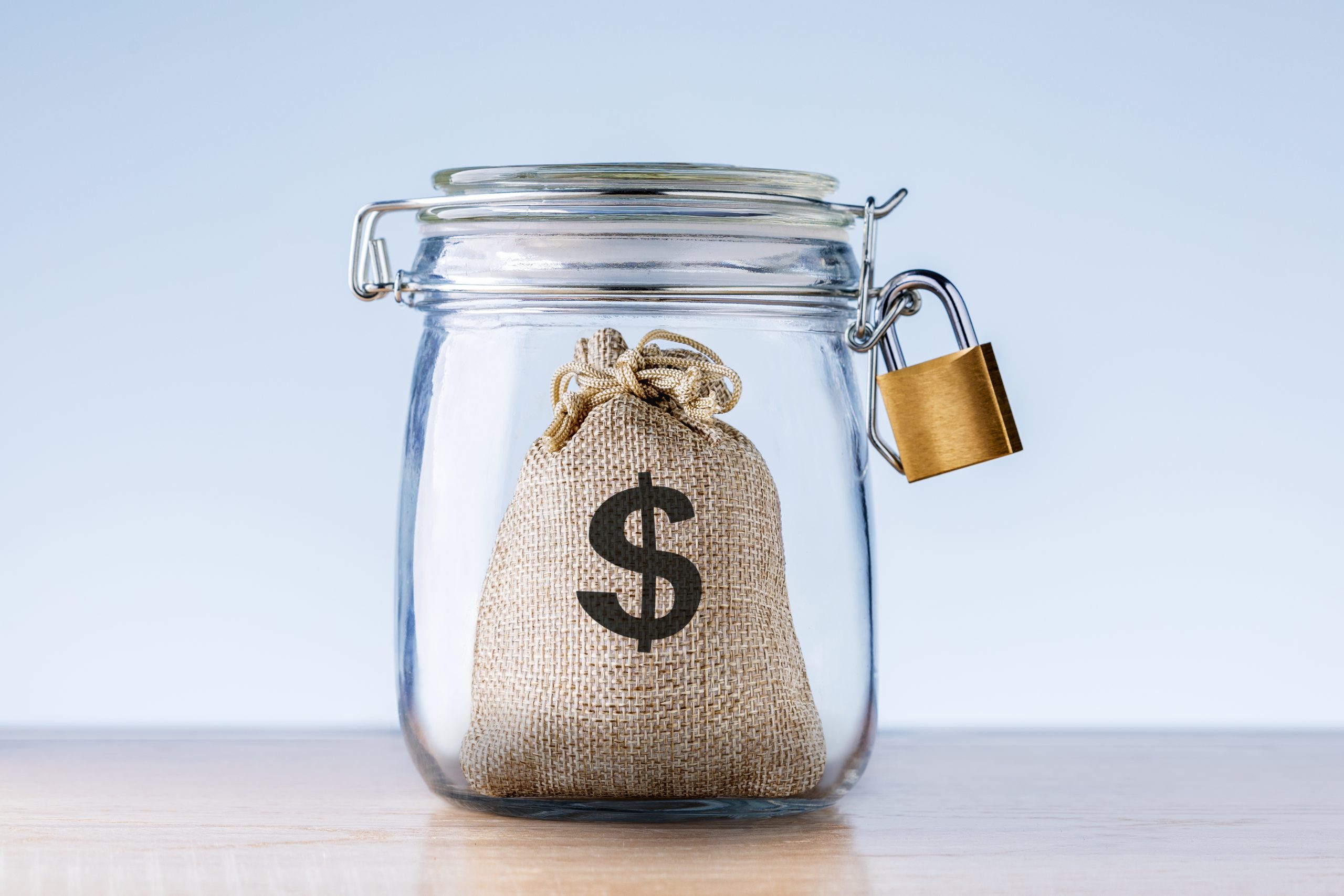
Planning for the Unexpected: Your Guide to Financial Emergency Preparedness
Life can be unpredictable—but your finances don’t have to be. Building an emergency fund is one of the most important steps you can take to protect your financial well-being. Whether it’s an unexpected medical bill, car repair or job loss, having a financial cushion can help you weather the storm without derailing your long-term goals.
In partnership with Fidelity, this article offers guidance on how to build and maintain a financial cushion that can help protect your well-being during uncertain times. Whether you’re just starting out or looking to strengthen your existing savings, read on for practical advice and trusted resources.
What is an Emergency Fund—And Why Do You Need One?
An emergency fund is money you’ve set aside specifically to cover unexpected expenses such as:
- Medical bills not covered by insurance
- Urgent home or car repairs
- Temporary job loss or income disruption
- Travel for a family emergency
Without a dedicated emergency fund, these moments can lead to high-interest credit card debt or early withdrawals from retirement accounts—moves that can cause long-term financial harm.
Having this buffer is about more than dollars and cents. It’s about peace of mind. A well-funded emergency account offers confidence, flexibility and resilience, giving you time and space to make thoughtful decisions in the face of hardship.
How Much Should You Save?
A general rule of thumb is to aim for three to six months’ worth of essential expenses. The exact amount depends on your unique circumstances—consider your job stability, household needs and other sources of income or support.
Start by tallying up monthly necessities such as:
- Rent or mortgage
- Utilities
- Groceries
- Transportation
- Insurance
- Childcare or eldercare
Multiply that total by three or six to set your goal. For many, that number can feel intimidating—and that’s okay. The most important thing is to start small and build steadily. Even setting aside $25 to $50 a month creates momentum. Small, consistent contributions are key.
Tip: Think of your emergency fund as a recurring bill you “pay” to your future self.
Where Should You Keep It?
An emergency fund should be:
- Easily accessible
- Separate from everyday spending
- Earning some interest, if possible
A great option is a high-yield savings account or a money market account. These accounts are FDIC-insured and allow for fast access while still earning more than traditional checking accounts.
Avoid tying up your emergency money in investments like stocks or retirement accounts, which can be volatile or subject to penalties for early withdrawal.
How to Build Your Emergency Fund
Set a realistic starting goal.
Can’t save six months of expenses right away? Try one month. Or even $500. The important thing is to start.
Track your spending and identify areas to cut.
Use budgeting tools or apps to spot patterns in your spending. Can you reduce takeout or unused subscriptions and reroute that money into savings?
Automate your savings.
Set up recurring transfers on payday to remove the mental load. You’ll be surprised how fast it adds up when it becomes a habit.
Use windfalls wisely.
Tax refunds, bonuses, or cash gifts are perfect opportunities to give your emergency fund a boost.
Reassess regularly.
Life changes—so should your emergency fund. Review your savings goal annually or after major life events.
Emergency Preparedness is Financial Wellness
Financial wellness is a cornerstone of overall well-being. Planning ahead—especially for the unexpected—is an act of self-care.
Whether you’re just beginning your savings journey or revisiting your goals, we encourage you to take advantage of the many resources available through Fidelity and the UW benefits ecosystem.
Take the First Step Today
Saving for an emergency might not be glamorous, but it’s one of the most empowering financial steps you can take. With a little planning and consistency, you can create a safety net that offers true peace of mind—now and in the future.
If you’re ready to take action, consider setting a reminder to start saving, or explore the following Fidelity tools. Your future self will thank you.
Fidelity Tools & Articles